Skip to the eyewitness accounts here.
On 14th December 2013, a U.S. drone missile struck a fishing boat on the Kabul River in the Loi Shalman area of Pakistan’s Khyber tribal area.
The news was broken that a U.S. Predator attack had killed five ‘suspected militants’. A safe phrasing that gave the U.S. plausible deniability if the dead were civilians, while incriminating the victims of terrorism.
For the first time, the victims’ families, eyewitnesses, and community elders have been gathered to tell what really happened.
The phrasing ‘suspected militants’ created a prosperous narrative in Western circles.
Comments parsed from the Western ‘The Long War Journal’ on ‘suspected militant’ deaths in Pak-Afghan region, September 2013.
“nice kill but still not enough. Larger numbers of these people need to be killed. This patty cake pin prick killing of the States adversaries is insufficient & a waste of resources, manpower & time“
“I sure hope that CIA is sowing dissension and mistrust among these cockroaches. Best way to elimiante them is to turn them on against each other. GO DRONES!!!“
Almost all of the 400+ U.S. drone attacks in Pakistan are claimed by the West to have killed suspected militants. In reality, nearly all of them are undocumented.
An October 2006 U.S. drone attack in Pakistan’s Bajaur Agency killed 70+ children as it targeted a school, while a 2009 U.S. drone attack killed 80+ civilians at a funeral in North Waziristan.
The only way to confirm the dead? Face the security risks and visit the local areas.
The Chosen Drone Attacks
This investigative foray takes us to Khyber Agency, one of Pakistan’s seven Federally Administered Tribal Areas (FATA). Located in the country’s northwest region, bordering Afghanistan, the area is rugged, mountainous, and isolated.
While I went in to investigate only one drone attack, the local tribes brought me eyewitnesses for two. The first drone attack occurred in December 2013 in Loi Shalman, the other in September 2015 in Lalpura – Durma Kor.
Interactive map of Western massacres in Pakistan below:
The Pentagon claimed that both strikes killed ‘suspected militants’.
We gather local testimonies and oral histories from eyewitnesses, victims’ families, and those who knew the victims. The full methodology of One Minute Massacres can be viewed here.
Getting there
Khyber Agency has historically been a volatile and militancy-prone region. The region fiercely resisted British expansion during the British Raj; holding regional importance, it’s a strategically critical mountain route that connects the subcontinent to Afghanistan and Russia.
Pakistani control has fared only marginally better, as long as the state allows tribal codes (Pashtunwali) and tribal councils (jirgas) to dominate social and political life.
Our investigative field work started in August 2025, when the Pakistani state was deeply embedded in fighting Tehreek-e-Taliban Pakistan (TTP) in the Agency’s south.
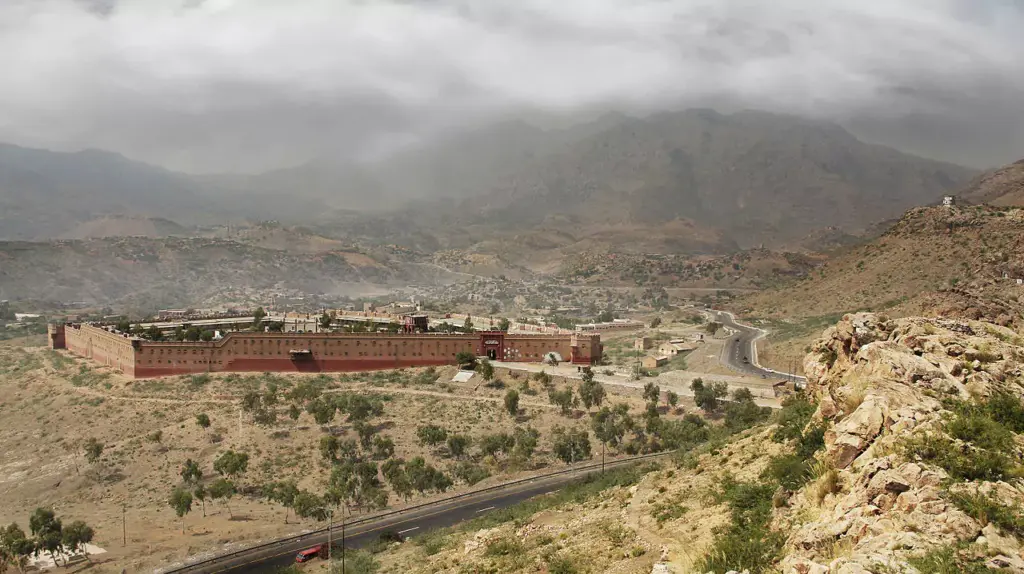
The volatility of the region made a political escort impossible. Even my political contacts in mainstream parties were unwilling to facilitate safe entry, given the ongoing warfare. Of course, this called for undercover work.
Our journey begins in Jamrud, a town outside of the provincial capital Peshawar, at the base of mountains that form the Khyber Agency. Here, I met local journalists and sought tips.

I began on the first leg of the journey – the frontier town of Landi Kotal.
Landi Kotal is a military town. The mountains surrounding it are topped by strategic fortresses (Michni, Shahgai, and Ali Masjid), manned by the Khyber Rifles regiment of the Frontier Corps (FC). These massive fortresses overlook the valleys leading into Pakistan’s Torkham border crossing with Afghanistan.
Home to bustling bazars, small stores, and sloping roads, Landi Kotal is the de facto social hub for the tribes that inhabit the surrounding mountain valleys. For me it was an opportunity to re-supply. Jagged cliffs and mountains give the town an indomitable vibe.
My network in Landi Kotal supplied me with local contacts in the Loi Shalman area, where the U.S. drones had struck. Now the challenge was to traverse the rugged, mountain valleys going north, into one of Pakistan’s most isolated areas.
As an outsider to the tribal areas where every man knows the other, I stood out. Tribesmen will not take ‘outsiders‘ to the remote areas without vetting or references (called hawalas locally). My contacts turned out to be quite good.
The local shopkeepers arranged for a transport heading to Loi Shalman. Transportation is sparse and few. Tribes depend on these cars to ferry vegetables, commodities, and general goods from Landi Kotal.
I was crammed into a car with six other locals and a trunk that refused to lock (the driver slammed it shut dozens of times). I was told that military check posts do not take kindly to ‘outsiders’ so I should speak Pashto, the local language.
Closer to the peak, after an hour of rocky terrain, the driver stopped at a flowing spring. The locals invited me to freshen up with the spring water, which was cold and refreshingly tasty.
Above us in the surrounding cliffs, I could see the mountain forts of the Pakistani military, keeping watch over the Pakistan-Afghanistan border. This wasn’t a safe area.
We then descended into a relatively flat valley below – I was close to my destination.
Collecting Testimonies
The descending slopes gave way to a series of small settlements in the Loi Shalman range. My contact dropped me off at the Hujra of a local influential. The news of my arrival had spread, and it wasn’t long before I met eyewitnesses.
“Habib wasn’t part of any wrong group.”
A middle-aged man with spectacles approached me first, on a hurried phone call with the families of the victims.
I confusedly looked down at my dossier for the 2013 Loi Shalman drone attack. The media reports of that time are typically devoid of any names or identity confirmation.
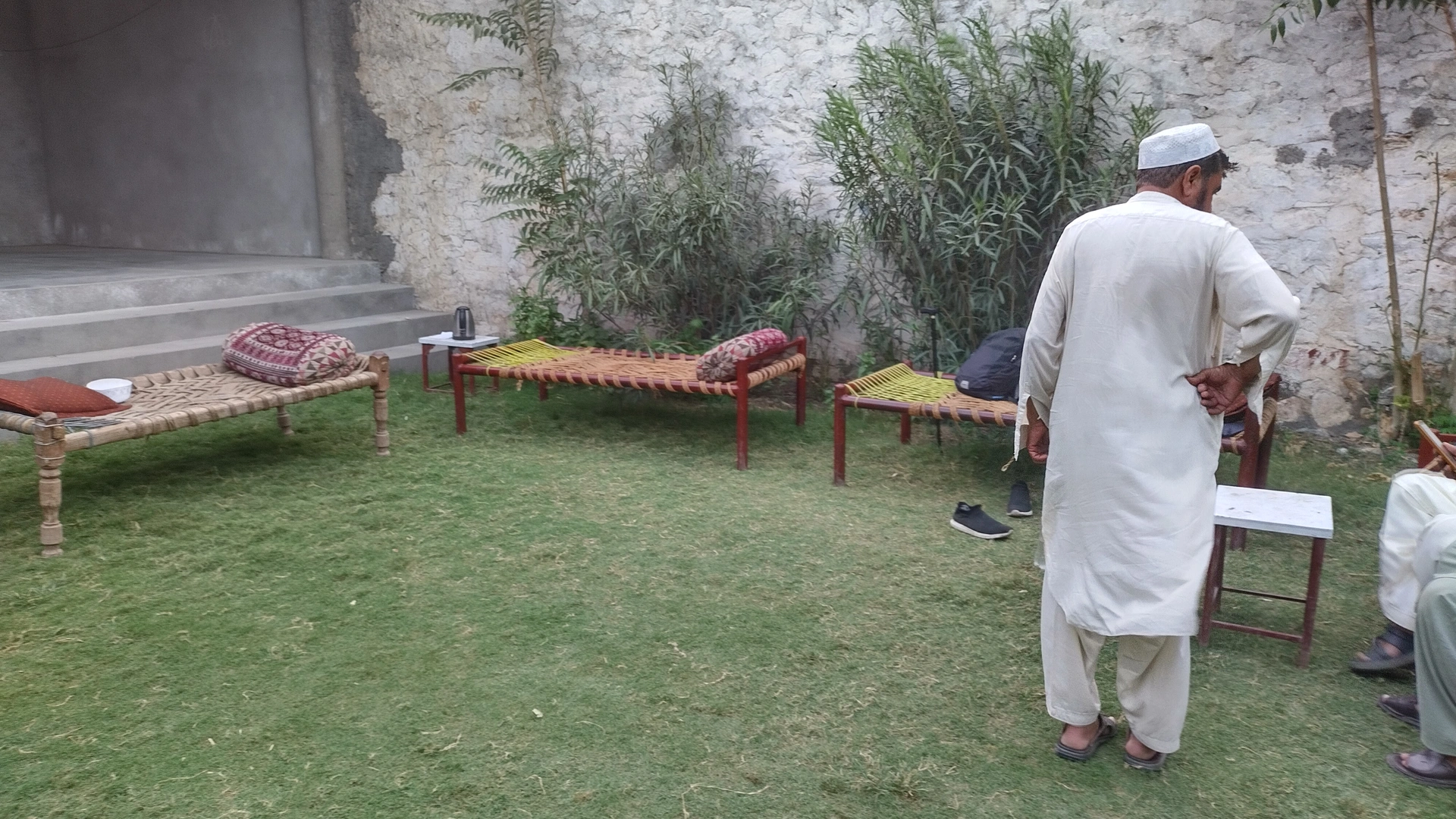
“This Habib person… he was killed in the 2013 attack?” I asked.
“Habib was killed in a drone attack in 2015. Habib Ur Rehman.” The man clarified.
On a hunch, I opened the OMM entry of the 2015 Lalpura – Durma Kor drone attack, not far from our location. Here, media reports had confirmed the death of a local Taliban commander, ‘Habib’.
“The media reports claim that Habib was a commander of the Afghan Taliban,” I said.
The gathered tribesmen all looked at me, confused and outraged. “Habib was a local labourer who tended to crops.”
And then I realised I wasn’t meeting the victims and witnesses of a single drone attack, but two of them. The tribesmen were eager to talk – the first time they’d been asked their side of the story.
Uncovering the Truth: 2013 Drone Attack
The Western narrative: Drone missiles struck a boat filled with armed men, killing 5 suspected militants and injuring 2.
The Local Truth: U.S. drone missiles struck a fishing boat, killing 5 fishermen and injuring 2.
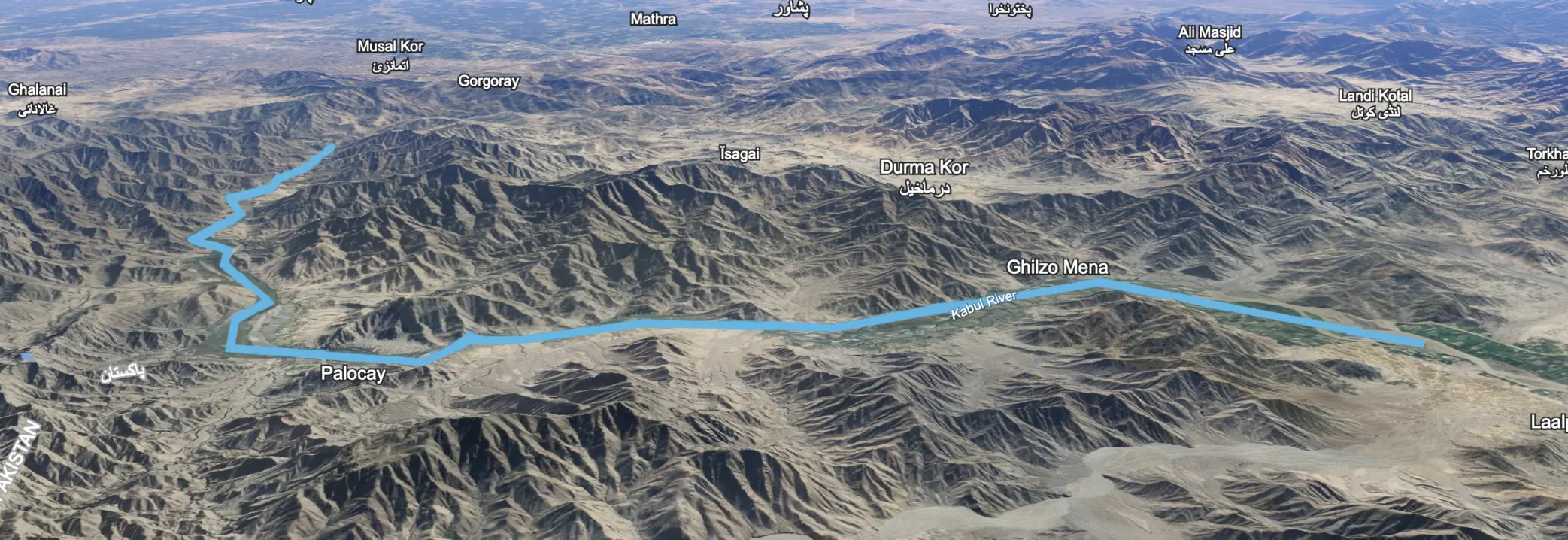
The tribespeople had called a special ‘guest’ for me. A young man, draped in a chadar.
“He was 11, barely 12, when the Americans killed his father.” An eyewitness told me.
“The eldest boy in the family. Do you know the youngest man has to step up when his father dies? Take care of the mother and youngsters?”
“He’s been labouring since that day.” A tribal elder said as the young man took his place to record a video testimony.
As I pressed record, the young man’s eyes glistened. He wiped his eyes and hid his face beneath the fabric. I saw a tremble in his lips as he stood up, visibly shaking, regressing to the same 12-year-old boy who’d lost his loving father.
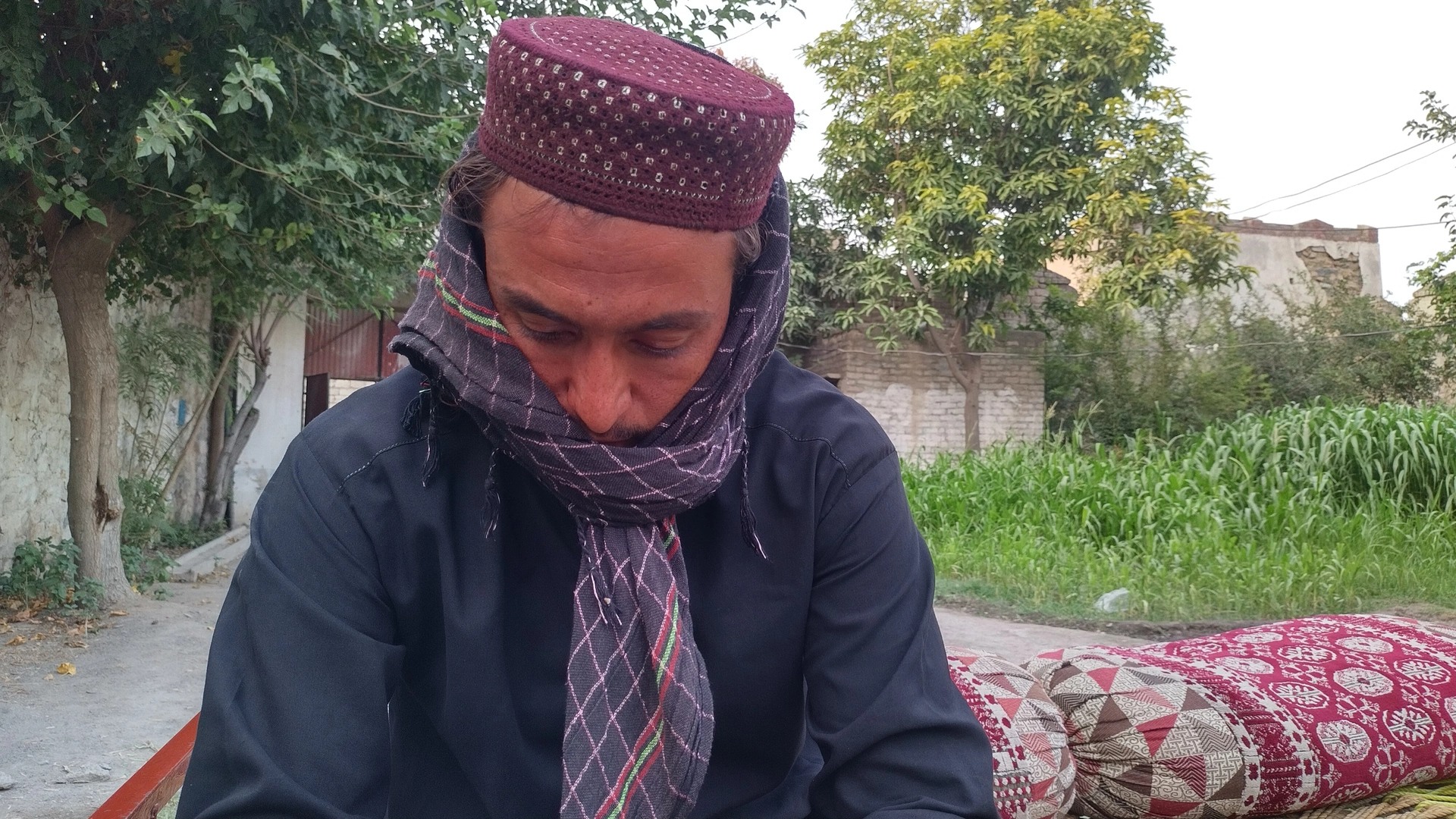
“My father wasn’t a terrorist.” I heard his voice, the first he’d spoken, out of frame.
“I can’t do this.” The young man shook his head and ran to the farthest charpoy.
Bound to good ethics, I deleted the recorded video on the spot. Minutes later, the young man returned. He consented to having his picture taken and his story told.
And then he ran outside. I did not see him again.
An eyewitness, Badshah Khan, who personally knew the boy’s father, was next. He was among the first to visit the attack site and reported seeing carnage and bloodshed.
His complete oral history (English, 125 seconds):
After dozens of calls to victims’ families and community figures, the tribes confirmed the victims’ details.
| Victim Name | Father’s Name | Status | Civilian? |
|---|---|---|---|
| Gul Rang | unknown | Killed | Yes; fisherman |
| Abdul Rauf | unknown | Killed | Yes; fisherman |
| Rashid | unknown | Killed | Yes; fisherman |
| Naseer | unknown | Killed | Yes; fisherman |
| Farukh | unknown | Killed | Yes; fisherman |
| Hamid | unknown | Injured | Yes; fisherman |
| Shabir Khan | unknown | Injured | Yes; fisherman |
Eyewitnesses reported having seen drones loitering in the skies earlier during the daytime. Unlike the Waziristan agencies, American drones in the sky were new for Khyber tribes.
“There was a lot of confusion. We heard the blast, but did not know where it came from. Drone attacks were unheard of in our area.”
“We have always been a peaceful people. Our tribes never gave refuge to the Taliban or any other militant groups.”
“The Americans attacked our people before the Taliban did.”
“The men on the boats were all known to us. We rarely work with outsiders. Everyone knows everyone. There was no one working for militants.”
“The caught fish were sold in Landi Kotal and Peshawar. It has been our way of living for generations.”
Uncovering the Truth: 2015 Drone Attack
The Western narrative: Drone missiles struck a van of Afghan Taliban fighters. A local Taliban commander, Habib, was killed along with 4 other militants.
The Local Truth: U.S. drone missiles struck farm workers closing shift (8-9 PM), killing 5 farm workers. A van was parked close to them.
A classic ‘signature strike’, where U.S. servicemen casually passed death sentences to innocents for showing behaviour that the CIA thought was ‘similar’ to militants.
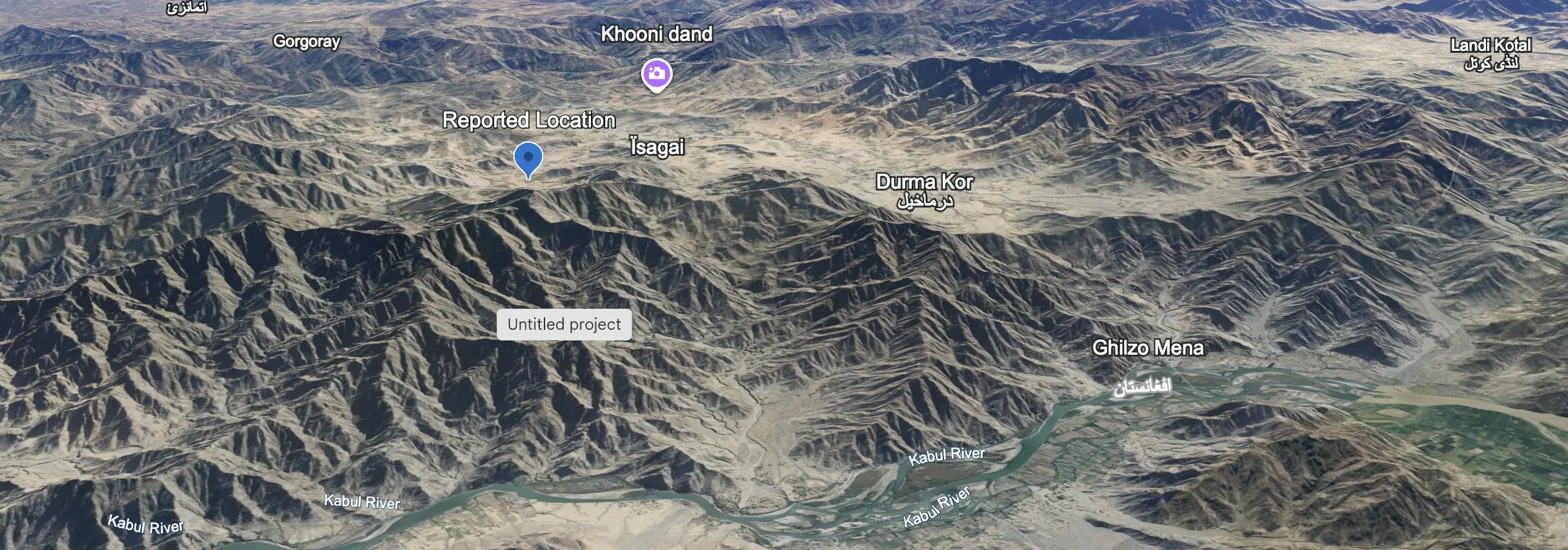
“Their corpses rotted for the night, in the open field, animals gnawed at them.” said Badshah Khan, an eyewitness who lived in the area.
“They were all wage workers.” Khan confirmed on a call, for my benefit, with the Malik who owned the farmland.
“The explosion was deafening. We had never heard anything so loud. People were afraid to leave their homes to check.” An elder testified.
“We had heard that they attack the same spot again to kill the rescuers too.” Another man added.
Double-tapping was used by CIA to confirm kills, but it commonly killed civilian rescuers trying to help survivors.
“Habib was a friend.” Khan sighed, taking off his spectacles. Grief was still fresh in his eyes. He shook his head repeatedly.
“Habib was not a militant. He was not with the Imarat Islami Taliban. There is no proof.”
Soon more calls came pouring in, they were the victims’ families. For the first time, someone had come asking about their grief.
| Victim Name | Father’s Name | Status | Civilian? |
|---|---|---|---|
| Habib ur Rehman | unknown | Killed | Yes; farm hand |
| unknown | Zarawar | Killed | Yes; farm hand |
| Hukumran | Khairullah | Killed | Yes; farm hand |
| Mirzaib | Gula Khan | Killed | Yes; farm hand |
| Ajiz | Zarjan | Killed | Yes; farm hand |
OMM Hypothesis: A local informant learned one of the victim’s first name (Habib) at the hospital. The information was sent to the Pentagon via Afghanistan, and thereafter leaked to media, masking ‘Habib’ as a local commander to pad success rates.
A local elder pitched in with Badshah Khan to give an oral history account, watchable in the video below (85 seconds):
“Our area is safe. It is safer than Islamabad. We have never fought against anyone. There is no crime in our area.”
“We were all in shock over what had happened. People were fearing for their lives. Talks about moving away.”
“The bodies were collected in the morning, after ambulances came over from Landi Kotal.”
“The dead were disrespected, exposed to animals. They had done nothing wrong.”
Finishing Up
For the first time, we documented the story of 10 innocents – fathers, fishermen, labourers, mercilessly killed by the West on mere assumptions and ‘signature’ strikes. Their stories were scrubbed from history.
Known for their hospitality, the locals arranged a feast for me. The women cooked an assortment of Chicken Karhai, Chicken Liver, okra, and lentils. And a lot of tea.
I spent the night under the star-lit sky, meditating on my mission.
The morning came and it was time to head back to Peshawar, before rumours of my ‘intrigue’ reached elsewhere. But not before a breakfast of local honey-infused Kawah, corn bread, and parathas.
The Future: I will continue documenting more U.S. drone attack casualties in Pakistan’s tribal areas. For security reasons, I cannot disclose exactly which strikes will be documented next.
As OMM gains traction, I expect more support from political gatekeepers and deeper access into the seven agencies.
View the OMM Interactive Map & full list of documented Western massacres here.
If you are from the UK, USA, or Australia and would like to directly or anonymously fund this investigative journalism project, please contact me at: [email protected].
Follow me on social media like Twitter and Instagram for more.
Support me from $3/mo
The West kills millions of innocents and children, and then calls their corpses ‘terrorists’. Their media hides the evidence.
I’m an investigative journalist who digs out that evidence. Get exclusive interviews, podcasts, and credible reports you won’t find elsewhere.
Support independent, grassroots journalism
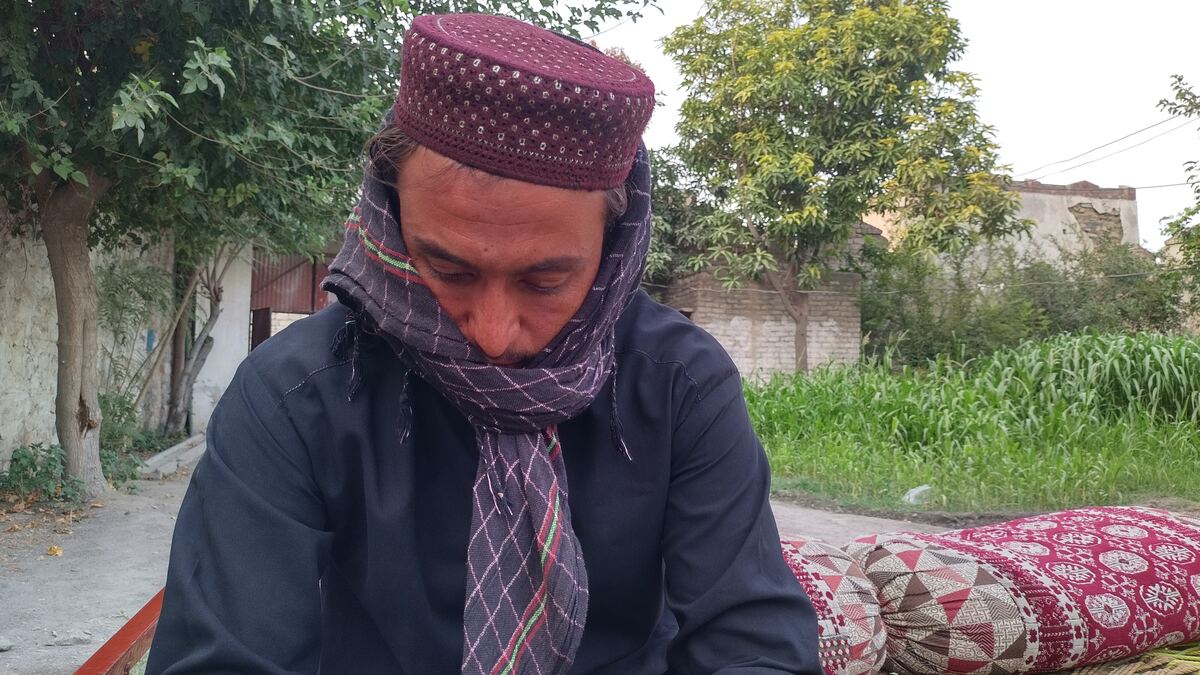
Leave a Reply